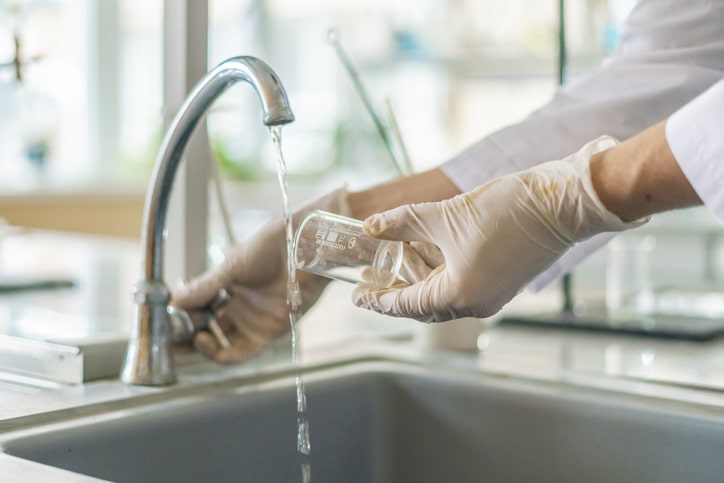The Complete Guide to Home Well Water Testing
Ensuring the safety and quality of your well water is crucial for the health and well-being of your household. Unlike municipal water supplies, private wells are not regulated by governmental standards, placing the responsibility of regular testing and maintenance squarely on the shoulders of homeowners. Regular well water testing can detect potential hazards that may not be visible or detectable by taste or smell, such as harmful bacteria, nitrates, and heavy metals.
This guide from our Easterday-Wilson professionals will walk you through the process of testing your well water, ensuring you have the information needed to keep your water supply safe.
Step 1: Identify Contaminants
The first step in testing your well water is understanding the types of contaminants you need to look for. The most common pollutants include:
- Bacteria: Coliform bacteria, including E. coli, can indicate human or animal waste contamination.
- Nitrates: High nitrate levels, often resulting from fertilizers, septic systems, or natural deposits, can pose serious health risks, particularly for infants.
- Heavy Metals: Lead, arsenic, and mercury can seep from natural deposits or industrial pollution into your water supply.
Step 2: Choose the Right Testing Kit
Selecting the appropriate testing kit is essential for accurate results. There are various home testing kits available that can check for specific contaminants. However, for more comprehensive results or initial testing, it is advisable to work with a professional testing service that can thoroughly analyze your water sample.
Step 3: Collect and Submit Your Water Sample
Follow the instructions provided with your testing kit or by your chosen testing service. Typically, this involves collecting a water sample from your well, ensuring that the sample is not contaminated during collection. Seal the sample as directed and submit it for analysis.
Step 4: Understand the Results
Once you receive the results, it’s essential to understand what they mean for your water safety. Results will indicate the levels of various contaminants found in your water. If contaminants exceed safe levels, you should immediately address these issues to protect your health.
Tips for Testing Frequency and Action Steps
- Testing Frequency: It is recommended that you test your well water at least once a year. However, if you notice changes in taste, odor, or color or if there are nearby agricultural or industrial activities, consider testing more frequently.
- Action Steps: If contaminants are detected, consider installing water treatment systems, such as filters or purifiers, and retest the water to ensure safety.
Contact us For All Your Water Treatment and Filtration Needs
If you notice a strange taste in your water or contaminants, Easterday-Wilson Water Services can help. We treat countless water quality problems and eliminate common water contaminants on a daily basis. Call us at 301-831-5170 for additional information and schedule your free water evaluation today.


